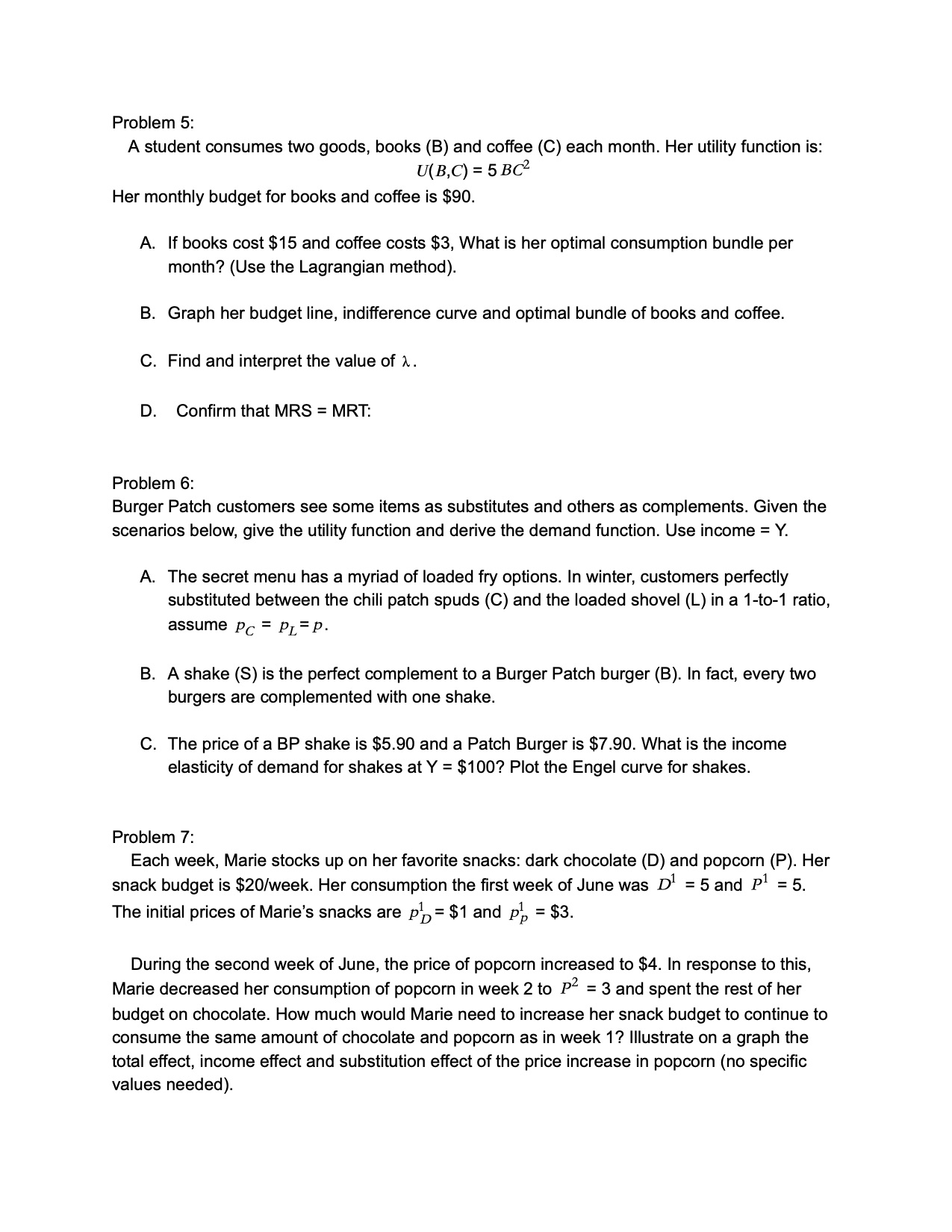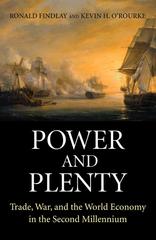Answered step by step
Verified Expert Solution
Question
1 Approved Answer
Problem 5, 6, 7 Problem 5: A student consumes two goods, books (B) and coffee (C) each month. Her utility function is: U(B,C) = 5
Problem 5, 6, 7

Step by Step Solution
There are 3 Steps involved in it
Step: 1

Get Instant Access to Expert-Tailored Solutions
See step-by-step solutions with expert insights and AI powered tools for academic success
Step: 2

Step: 3

Ace Your Homework with AI
Get the answers you need in no time with our AI-driven, step-by-step assistance
Get Started


